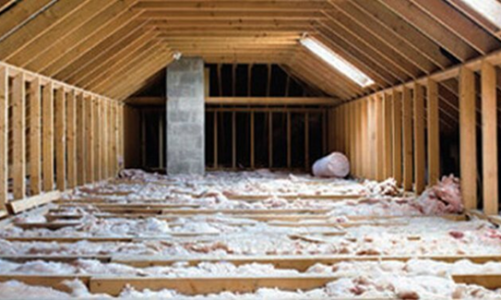Cladding is all the materials that attach to the primary structure of the building making up the non -structural part of the external surface. It has a number of purposes including acting as insulation, soundproofing, protecting the building from external elements, privacy, security, fire safety, and places for access and ventilation too, just to name a few. The type of cladding a building has affects how safe it is. Most owners do not fully understand what it needs and where to start and that is where several inspections can help like a cladding survey or EWS1 survey.
Inspecting the building
The tragedy in 2017 with the Grenfell Tower has led to a number of changes in building regulations. It has forced councils and property owners to take better action towards improving the safety of their properties. Some of the focus is on facade maintenance and annual fire safety inspections. An inspection could include things like sprinkler systems and where their installation is, where the fire escapes are and any ignition sources on the property. Then a focus on the type, extent and locating of the cladding on the building in a cladding survey. This includes taking samples for testing at a lab to determine the classing types used.
Testing the materials
The tests that can happen on-site vary but there is some limit hence the need to send some samples to a lab. Dentist testing is one thing that happens and then physical observation to look at what types of materials are visible. The colours can help determine the type too. Grey or white materials at the core are an indication that they are fire-resistant. Another test is flame testing. Some cores might char but do not melt when a flame is used on them. But polythene cores, on the other hand, do have a high ignition and even after the flame moves away they continue to burn. For better fire safety you want fire retardant polythene that is hard to ignore and swell and foam when the flame is there.
Assessing the risk
Having found the cladding and confirmed what it consists of the inspector is then ready to assess the risk and create the report or the results of the EWS1 survey. They will state the level of risk depending on the assessment and testing done. Essentially it is rated low, mid or high. Low-risk results rarely lead to the need for any changes made as the property is safe. Moderate means a little work might be needed like putting in sprinklers. A high-risk result means big changes must happen and the existing cladding needs removing and replacing.
Substitute cladding
If you need to replace cladding you need to do so with classing that is compliant with the latest regulations. It may affect the look of the property and could affect the thermal and acoustic performance too. With a good engineer, these issues can be overcome.



